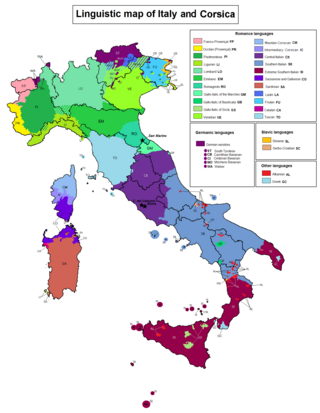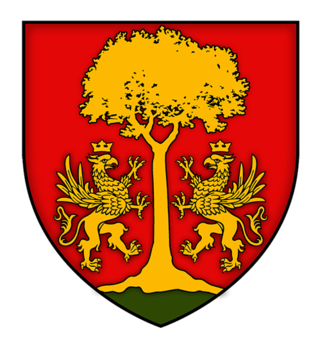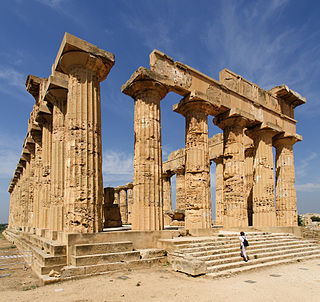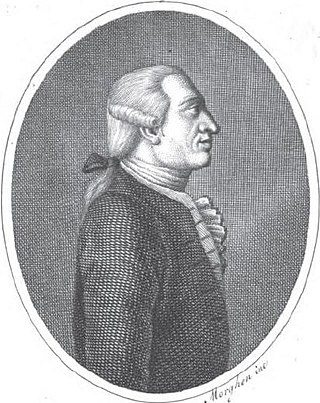
Antonino Salinas (19 November 1841 - 7 March 1914) was an Italian archaeologist and numismatist. [1]

Antonino Salinas (19 November 1841 - 7 March 1914) was an Italian archaeologist and numismatist. [1]
Born in Palermo and educated in strict scientific methods from a young age, he entered the Jurisprudence Faculty at the University of Palermo in 1856 but joined the Southern Army after Garibaldi landed at Marsala four years later. On 13 July 1860 Salinas was made a sottotenente in the artillery, fighting at Volturno and Capua before being demobbed in January 1861 and granted a bronze medal in 1862. He returned to work in Palermo's city archives, publishing his first works - these were on his main passion of numismatics. [2]
In 1862, for a year, he went to the Humboldt University of Berlin to complete his education, taking courses in archaeology taught by Eduard Gerhard, cartography by Heinrich Kiepert and history by Theodor Mommsen. He then took long study trips to Vienna, Athens (where he took part in the Missione Italiana's first excavations at the Ceramico necropoli) and Paris before returning to Italy. There he was made extraordinary professor of archaeology at the University of Palermo in 1865, aged only 24, transmitting what he had learned in Berlin to his students. [2] In 1867 he became ordinary professor of archaeology and later served a term as the university's rector of the University of Palermo (1903-1904). [3] He also served two terms as president of Palermo's Facoltà di Lettere e Filosofia (1880-1882 and 1893-1894) as well as becoming city counsellor and assessor to the Istruzione del Comune di Palermo.
From 1873 to his death he served as director of Palermo's Museo Nazionale, which was later renamed after him. He took part in excavations at Mozia, Tindari, Selinunte and elsewhere on Sicily, finding four archaic metopes at Selinunte, which were moved to the Museo Nazionale. He was also made superintendent for the provinces of Palermo, Trapani, Girgenti and Messina, becoming particularly noted for saving and curating artworks after the 1908 Messina earthquake. He was one of the founders of the Italian Numismatic Institute and served as its president from 1912 until his death.
He was elected a national member of the Accademia dei Lincei in 1908. [1] He left his private collection to the Museo Nazionale on his death in Rome in 1914, including several books and around 6000 coins - it held a biographical exhibition on him on the centenary of his death. He was buried in the Santa Maria di Gesù Cemetery in Palermo. 2017 saw the publication of a collection of his numismatic writings, edited by the numismatist Luca Lombardi.
The Antonino Salinas Regional Archeological Museum in Palermo is named in his honour.

Filadelfo Mugnos was an Italian historian, genealogist, poet and man of letters.

Camillo Serafini was an Italian Marquis and the only Governor of Vatican City from 11 February 1929 – 21 March 1952.
He was a noted numismatist.

Gallo-Italic of Sicily is a group of Gallo-Italic languages found in about 15 isolated communities of central eastern Sicily. Forming a language island in the otherwise Sicilian language area, it dates back to migrations from northern Italy during the reign of Norman Roger I of Sicily and his successors.

The Cariddi family surname is believed to have its roots deep into antiquity. Julius Caesar refers to the Caridi family in his 'Commentaries' (1). However the name, which in Greek is Karideus/Karidis, existed in ancient times because its root can be traced back to the Myceneans like so: Ka-Ri-Se-U (Keriseus-Karideus) (2)

The Opera dei Pupi is a marionette theatrical representation of Frankish romantic poems traditionally performed in Sicily, Italy.

The Antonino Salinas Regional Archeological Museum is a museum in Palermo, Italy. It possesses one of the richest collections of Punic and Ancient Greek art in Italy, as well as many items related to the history of Sicily. Formerly the property of the Oratory of Saint Philip Neri, the museum is named after Antonino Salinas, a famous archaeologist and numismatist from Palermo who had served as its director from 1873 until his death in 1914, upon which he left it his major private collection. It is part of the Olivella monumental complex, which includes the Church of Sant'Ignazio all'Olivella and the adjoining Oratory.
Ettore Gabrici was an Italian archaeologist and numismatist.

Jole Bovio Marconi was an Italian archaeologist who graduated with a degree in the topography of ancient Rome from the Sapienza University of Rome and specialized at the Italian School of Archaeology at Athens. She married her colleague Pirro Marconi, whom she met in her studies in Athens.

The Metropolitan City of Messina is a metropolitan city in Sicily, Italy. Its capital is the city of Messina. It replaced the Province of Messina and comprises the city of Messina and other 107 municipalities (comuni). According to Eurostat in 2014, the FUA of the metropolitan area of Messina had 277,584 inhabitants.
Carlo Cataldo was an Italian historian, poet, and teacher.

Antonio Mongitore was a Sicilian presbyter, historian and writer, known for his works about the history of Sicily. He was also canon of the cathedral chapter of Palermo.

Asmundo is an old Sicilian noble family that has played a notable role in the island's political, cultural, and economic history.

Sebastiano Tusa was an Italian archaeologist and politician who served as councilor for Cultural Heritage for the Sicilian Region of Italy from 11 April 2018 until his death on 10 March 2019. Tusa also served as a professor of paleontology at the Suor Orsola Benincasa University of Naples.
Vincenzo Tusa was an Italian archeologist.
AntoninoSpatafora was an Italian painter, architect, sculptor and cartographer. Born in Palermo, Sicily in the mid 16th century, he is notable as one of the foremost artists of Sicilian Mannerism, with pupils including Vincenzo La Barbera. Several documents refer to him as a sculptor, though none of his sculptures survive. He died in Termini Imerese, Sicily.

The Sicilian Renaissance forms part of the wider currents of scholarly and artistic development known as the Italian Renaissance. Spreading from the movement's main centres in Florence, Rome and Naples, when Renaissance Classicism reached Sicily it fused with influences from local late medieval and International Gothic art and Flemish painting to form a distinctive hybrid. The 1460s is usually identified as the start of the development of this distinctive Renaissance on the island, marked by the presence of Antonello da Messina, Francesco Laurana and Domenico Gagini, all three of whom influenced each other, sometimes basing their studios in the same city at the same time.

Gabriele Lancillotto Castello, prince of Torremuzza and marques of Motta d'Affermo (1727–1794) was an Italian nobleman, antiquarian, numismatist and antiquarian, most notable for his study of Sicily's coins and ancient past. He was also known as Lancellotto Castelli and wrote under the pseudonym Selinunte Drogonteo.
Francesco Ferrara was an Italian geologist, active mainly in Sicily, and known for his studies in vulcanology.
The Basile are an ancient family of the Sicilian nobility, invested with the Baronia del Grano in 1473.